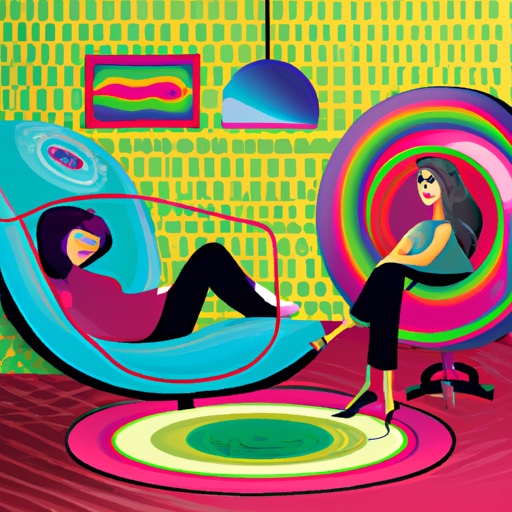Patient: "Fix Me! I'm Broken." (4 min 16 sec)
Psychotherapy is a big word, but we can break it down into two parts: "psycho" and "therapy." "Psycho" means "mind" or "mental," while "therapy" means "treatment."

Preview
1. Psychotherapy is a process that helps us change the view of the Self.
Psychotherapy is a transformative process that helps shift one's perception of the Self.
The Self is a spiritual being rather than a limited, separate individual.
Through psychotherapy, we are guided to explore and release the ego's beliefs and illusions.
This process of self-inquiry leads to a profound shift in our perceptions.
2. Psychotherapy cannot establish Reality but it can act as a pointer.
Reality always exists whether we're aware of its Existence or not.
If psychotherapy helps us remove the blocks so that we can begin to see what is True it has done its job.
3. The purpose of psychotherapy is to assist the patient address a core misconception held in his mind: the belief that anger brings him anything that he wants.
Justifying attack is a means of self-protection and never works because it perpetuates the cycle of fear, separation, and conflict.
When we attack we never see our shared unity and the inherent peace that lies beyond the illusion of attack.
4. Rarely does a patient lie on his therapist's sofa with the goal of changing the view of the Self.
This is because the primary focus of traditional psychotherapy is directed towards addressing specific psychological issues and relieving distress.
Traditional psychotherapy does not explicitly target a fundamental change in self-perception or self-concept.
The patient fervently pursue every avenue, hoping to change an illusion into Reality.
To the sane mind this is an impossibility but the insane mind believes in magic.
5. In illusions the impossible are easily accomplished.
The physical world as an illusion, a realm of perception that is not real or true.
Within the illusory realm, things that appear impossible or contradictory according to the laws of the physical universe can seemingly occur.
The physical world, including its limitations and laws, is a construct of our ego's thought system, which is rooted in separation and fear.
In the realm of illusion, our egos create and manipulate our perceptions all the time.
At some stage, the patient must move beyond the illusions and awaken to the eternal truth that lies beyond the world of appearances.
6. There's a "cost" in trying to make illusions true.
The cost is the perpetuation of suffering, confusion, and a sense of disconnection from the deeper reality that lies beyond the illusions.
We're investing time, energy, and belief in something that is unreal, which leads to disappointment, frustration, and a continued cycle of seeking fulfillment where it cannot be found.
The patient has already experienced the consequences of believing in the illusory nature of the world, which has lead to his suffering.
When the patient seeks therapy, their underlying desire is to create a "better" or more preferable illusion, aiming for an improved perception or experience within the illusion.
The patient hopes that through therapy, they can find ways to cope better, feel happier, or have a more fulfilling experience within the illusory world.
The goal is to go beyond seeking a "better" illusion and recognize the illusory nature of the world itself.
While seeking a "better" illusion is a common desire in therapy, the ultimate goal lies in transcending the illusion altogether and awakening from the dream.

No comments.